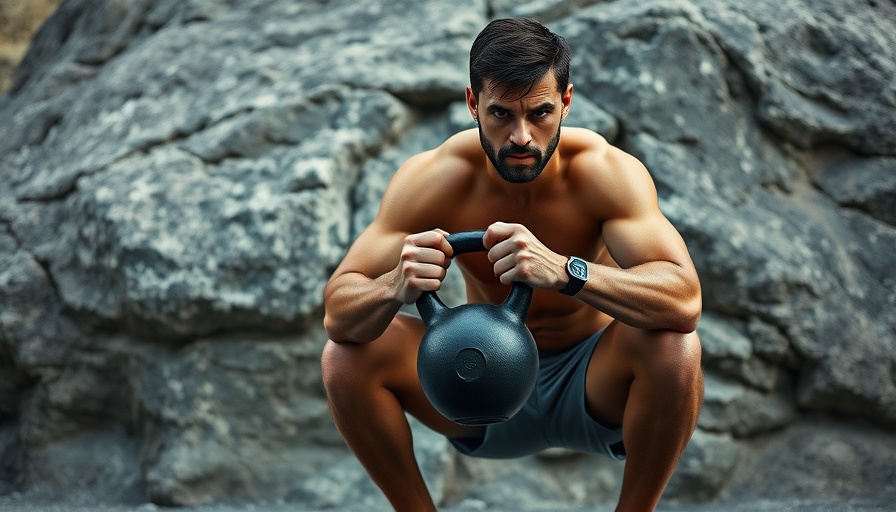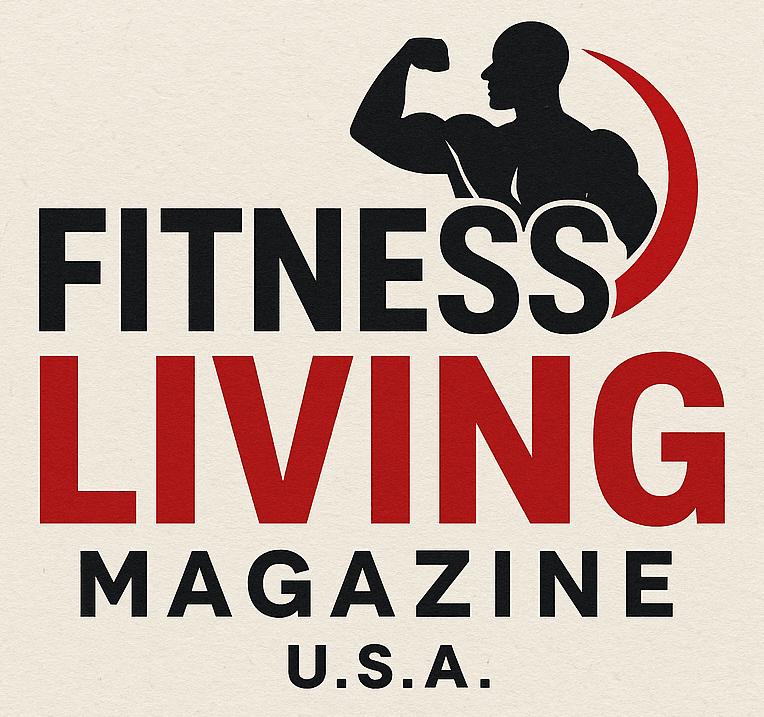
The Importance of Leg Strength for Lifelong Fitness
Leg strength is often overlooked, yet it holds paramount importance in maintaining overall physical health. Did you know that legs can lose strength years before any other part of the body? This gradual decline can affect mobility and increase the risk of falls, making it essential for both gym owners and fitness trainers to understand and implement effective leg-strengthening exercises. Today, we will break down three foundational exercises designed to bolster leg strength, promote mobility, and provide long-term health benefits.
In Only 3 Exercises To Keep Your Legs Strong for LIFE, the discussion highlights essential leg-strengthening movements that every trainer should promote to their clients, demonstrating their lasting significance as we age.
The Goblet Squat: A Fundamental Exercise
The goblet squat is heralded as a fundamental exercise that builds the key muscles in the legs—quads, hamstrings, and glutes. Holding the weight in a goblet position not only enhances muscle engagement but also demands significant core stability, which is crucial for overall spinal health. This exercise improves hip and knee mobility, making daily movements feel lighter and more manageable. For those looking to progress, simply opting for a slightly heavier dumbbell can safely up the challenge without compromising form.
Isometric Split Squat Holds for Unshakeable Stability
Next, we explore the isometric split squat hold, a static position that enhances time under tension in the front leg. This exercise challenges not only the quadriceps and gluteus muscles but also develops hip stabilizers and core strength through balance. Holding this position strengthens muscles over time, reducing the risk of falls and stumbles on uneven ground, which is crucial for independence as we age. Beginners might start with 20-second holds per leg, gradually increasing as they build strength and confidence.
Single Leg RDL: Perfecting the Bending Pattern
The single leg Romanian deadlift (RDL) rounds out our trio of essential leg exercises. This movement focuses on the hamstrings and glutes while promoting balance and coordination. Learning to bend from the hips, rather than the lower back, is foundational for protecting the spine during daily lifts. As with the other exercises, starting bodyweight can promote muscle engagement and stability. Once you master the form, holding dumbbells can further increase the challenge and effectiveness of this exercise, solidifying the benefits to the back, legs, and balance.
Long-Term Benefits of a Strong Leg Foundation
Consistency is key when implementing these exercises into workout routines. It's important to recognize that a strong leg foundation contributes significantly to longevity in fitness. By mastering the goblet squat, split squat hold, and single leg RDL, individuals of all fitness levels can create powerful, resilient legs that support their daily activities and enhance overall quality of life.
The Role of Trainers and Gym Owners in Leg Strengthening
As gym owners and fitness trainers, understanding the importance of these exercises enables you to better guide your clients towards enhanced leg strength and mobility. Incorporating these movements into client programs can foster an environment focused on functional fitness. This approach not only aids in injury prevention but empowers individuals to maintain an active lifestyle well into their later years.
In Only 3 Exercises To Keep Your Legs Strong for LIFE, the discussion highlights essential leg-strengthening movements that every trainer should promote to their clients, demonstrating their lasting significance as we age. With a focus on practicality and accessibility, implementing these exercises can elevate your training sessions and contribute to the health and longevity of your clientele.
With a solid understanding and commitment to effective training, individuals can achieve legs that remain strong and capable for life. Don't miss the opportunity to enhance your training programs by emphasizing the fundamental exercises outlined today. Remember, the journey to sturdier legs starts with mastering these basics!
 Add Row
Add Row  Add
Add 



Write A Comment